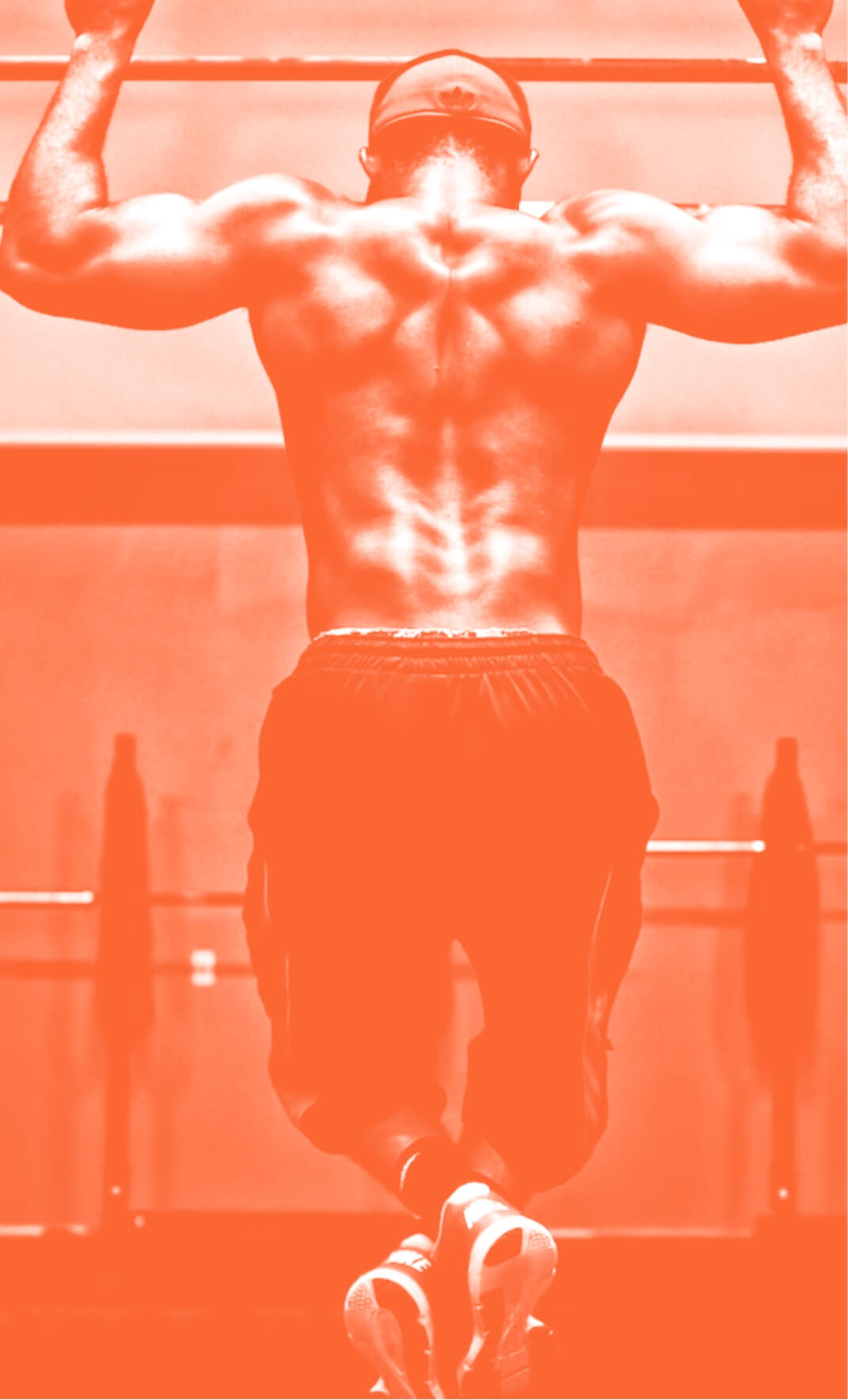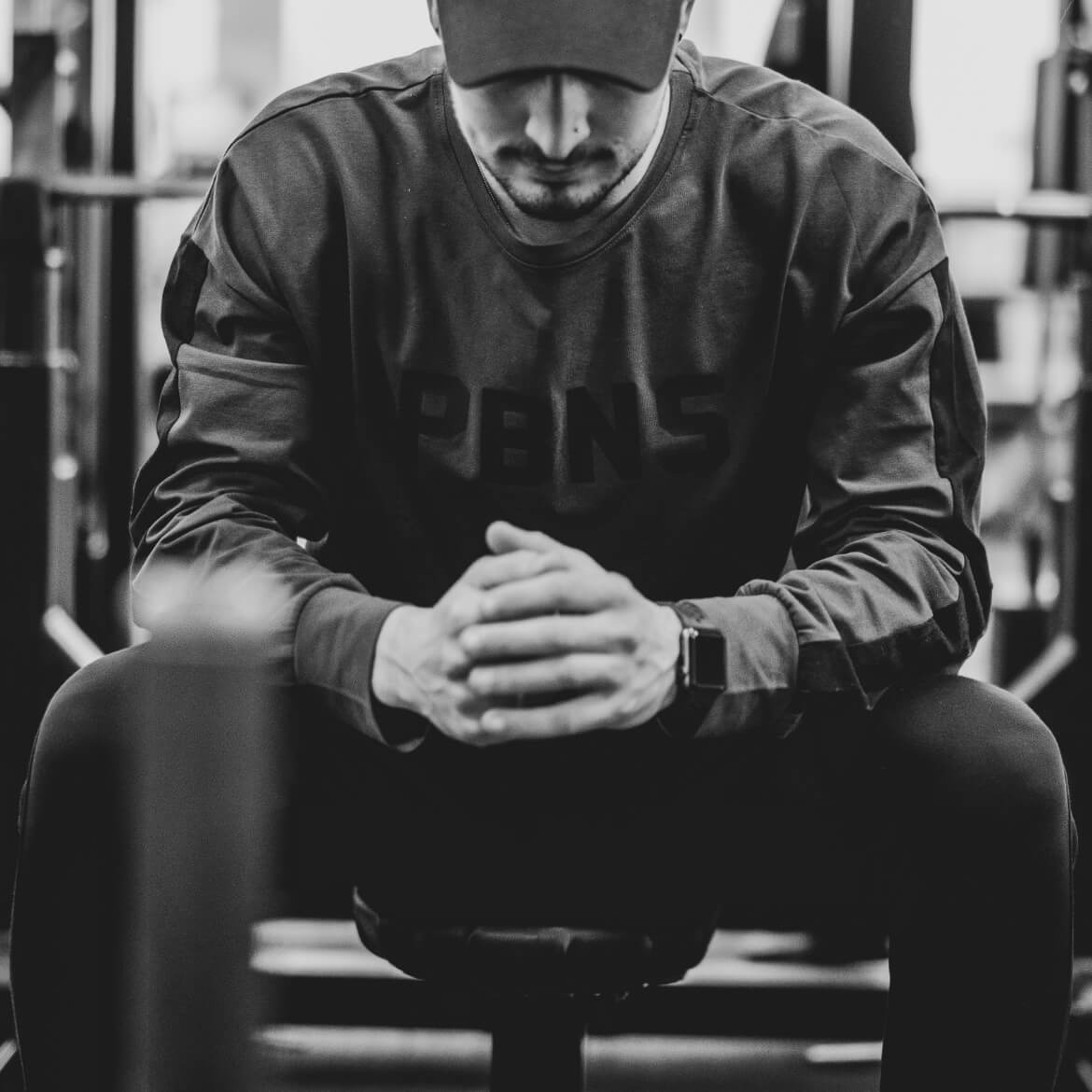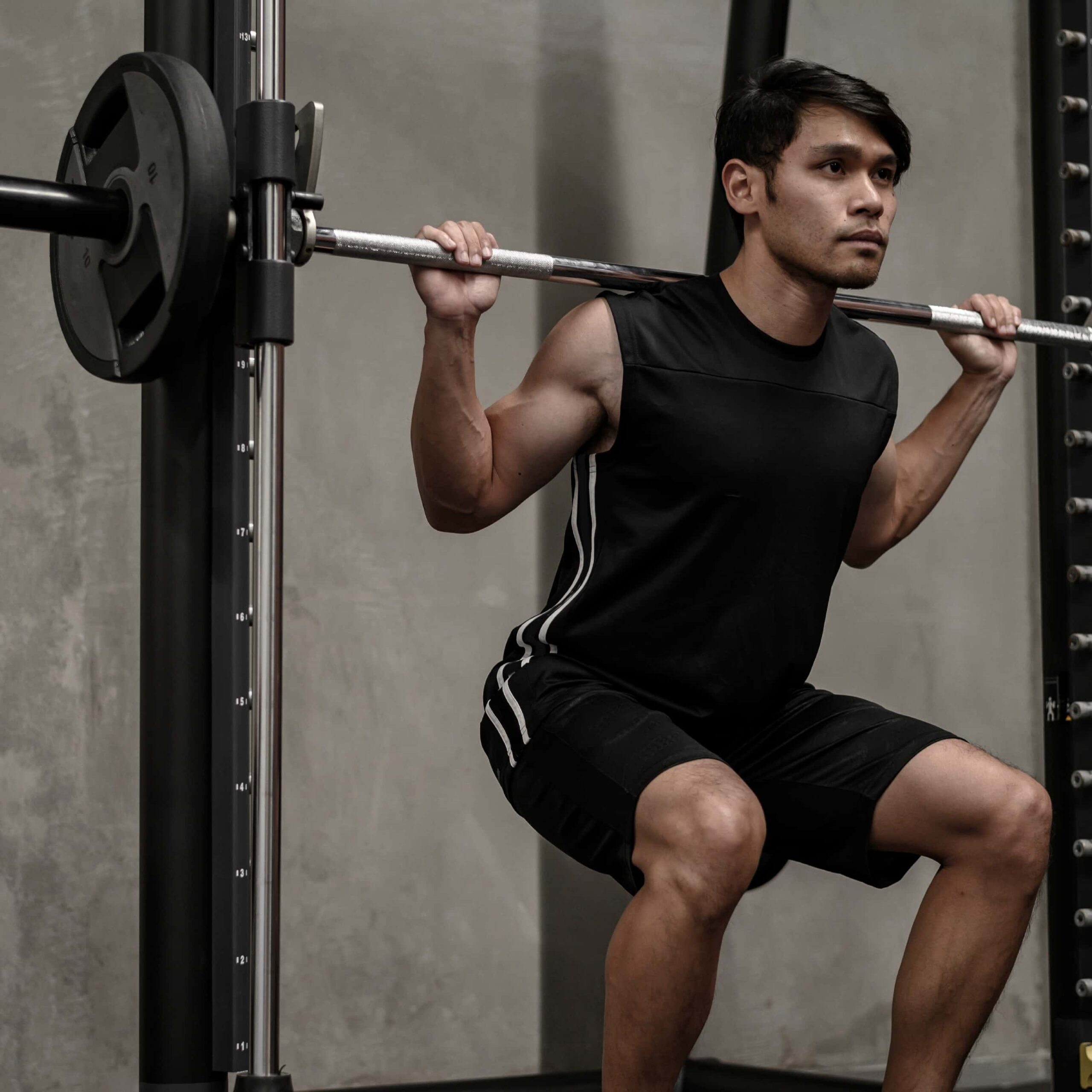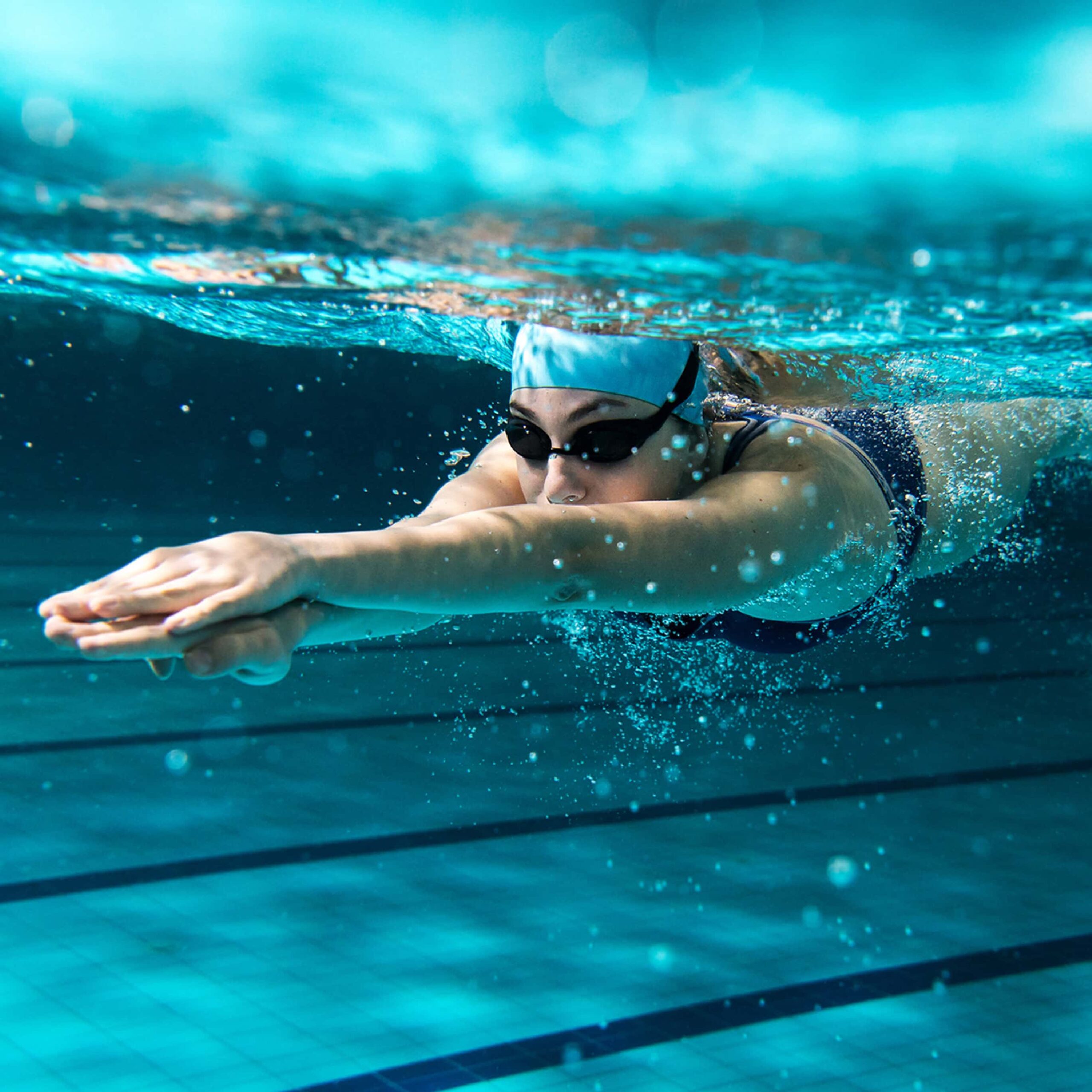What Type of Bath is Best for Muscle Recovery?
9th Feb 21
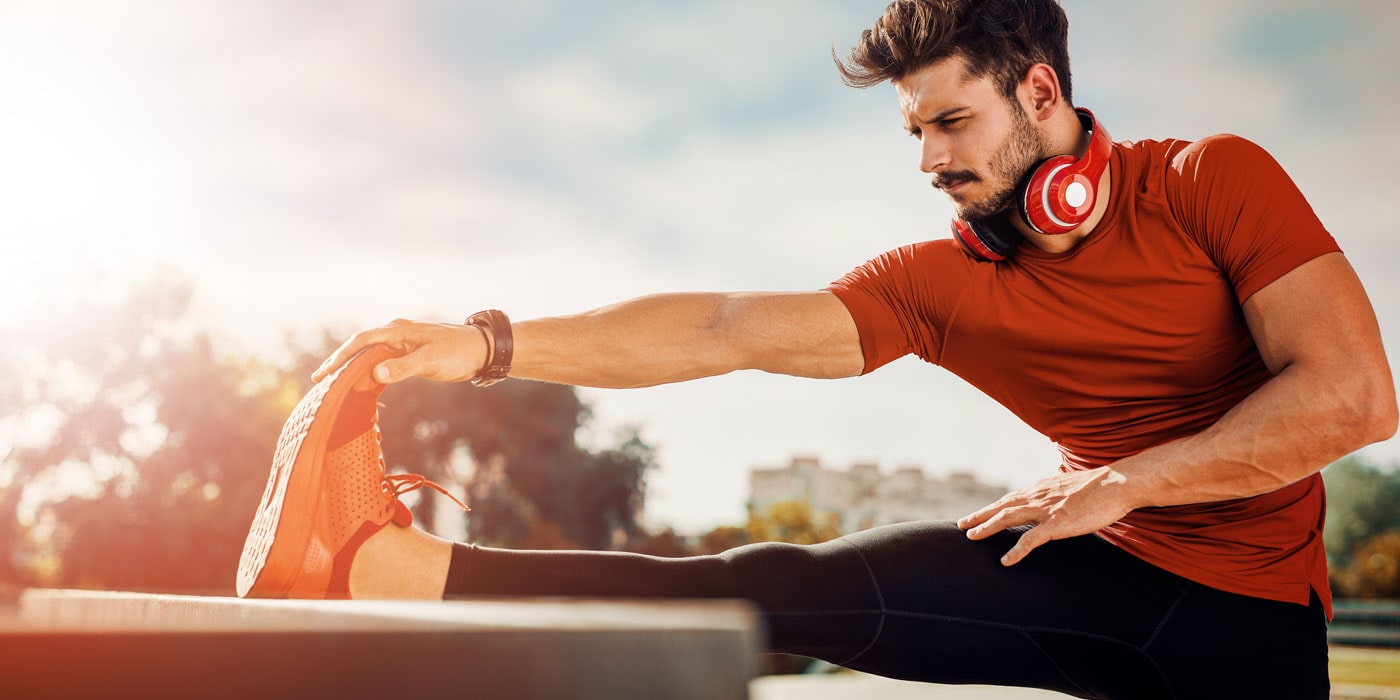
It’s one of those age-old exercise questions: what type of bath is best for muscle recovery, a hot bath or an ice bath? Both types have benefits, and it’s important to make sure you choose the right one to help your muscles after any form of workout.
Want to move fast? Jump to the right section below.
Hot Baths
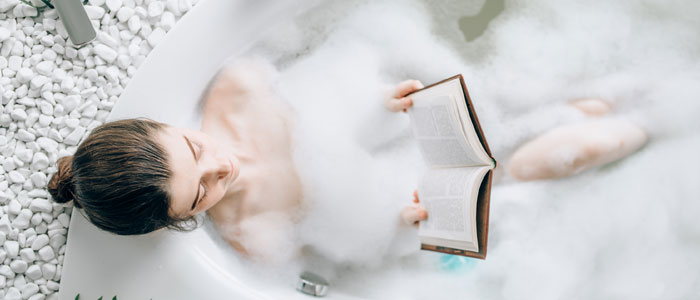
Hot baths are well known as a form of relaxation. In the case of a hot bath helping with muscle recovery, this makes sense. Hot baths help promote blood flow to the muscles as it dilates the blood vessels and works as a giant heat pack for your muscles. As a result, your muscles can relax properly from the strain exercising has put on them.
It isn’t always recommended to get straight in a hot bath after exercise; maybe save it for the next day when your muscles start to ache from the workout. Also, make sure it isn’t too hot as this can cause other issues such as a drop in blood pressure which can cause dizziness and fainting.
Make sure you’ve got the temperature right and add some bubbles and salts, and the result is a hot bath that can really help with muscle recovery.
Ice Baths

Ice baths, or cold water immersion, are the complete opposite of hot baths. When you think of them, relaxation is the last thing on your mind. The idea is that you take a 10-15 minute dip in ice-cold water once you have completed an intense exercise session, which is why they are so well known for being Olympic athletes’ choice of bath.
They are used to constrict the blood vessels, which helps reduce the onset of DOMS (delayed onset muscle soreness). They are also used to assist the central nervous system so that you can sleep better and limit the inflammatory response, reducing inflammation in muscles and helping you recover faster.
Like hot baths, though, you must be careful with cold/ice baths. Either make sure you have checked with a professional or speak with a doctor. Ice baths cause the blood flow to slow and blood vessels to constrict, putting you at risk of cardiac arrest or strokes.
Alternative Methods for Muscle Recovery
If neither of these options appeals to you, there are other ways you can help with muscle recovery after a workout:
Massage
Massage is a great way to help your muscles recover after exercise. Vigorous exercise can cause small tears in your muscle fibres, which is what causes inflammation and soreness as the body tries to repair them.
Massage helps to reduce inflammation and relax the muscles. As a result, your muscles can adapt better to increased exercise demands if you have a massage regularly.
Foam Rolling
Foam rollers are a great way to help with muscle recovery. Using one helps to increase your muscles’ range of motion before a workout. Doing this before a workout can help reduce any tightness or pain after your training. Using a foam roller is also a good way to help increase blood circulation in different areas of the body.
All in all, both kinds of baths can help with muscle recovery, or you can opt for something else. Either way, make sure you are taking care of your muscles when you exercise so you don’t cause further injury later down the line.

Before beginning any exercise or nutrition program, consult your physician, doctor or other professional. This is especially important for individuals over the age of 35 or persons with pre-existing health problems. Exercise.co.uk assumes no responsibility for personal injury or property damage sustained using our advice.
If you experience dizziness, nausea, chest pain, or any other abnormal symptoms, stop the workout at once and consult a physician or doctor immediately.

